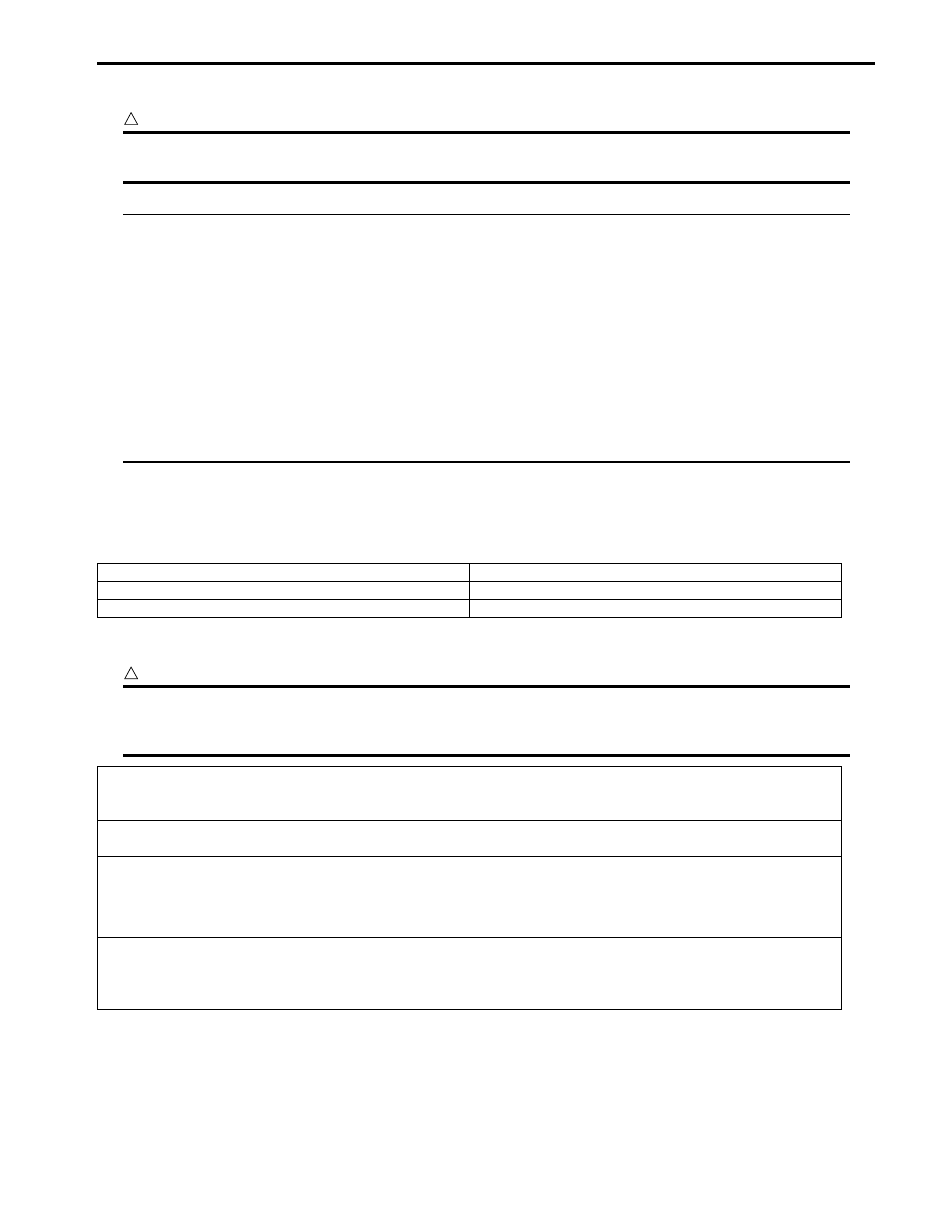Suzuki Grand Vitara JB419. Manual - part 19

Engine General Information and Diagnosis: 1A-53
DTC P0409: Exhaust Gas Recirculation Sensor “A” Circuit Malfunction
S5JB0B1104113
CAUTION
!
This fault can result in a rapid and significant fouling of the diesel particulate filter. If the EGR needs to
be replaced to deal with the fault, it must be cleared.
NOTE
• Conditions for applying fault finding procedures to stored faults: The fault is declared present after:
– Engine start.
– A road test.
• If the fault is present the EGR function is deactivated.
• If 2.DEF is present,
– The Injection warning light (gravity 1 warning light) is lit.
– There is smoke at the exhaust.
• Use service wire for all operations on the ECM connectors.
• Priority when dealing with a number of faults:
Apply the procedure for dealing with fault “DTC P0403: Exhaust Gas Recirculation Control Circuit
Malfunction” first if it is present or stored.
Wiring Diagram
For wiring circuit and connector number, refer to “A-5 Engine and A/C Control System Circuit Diagram (DSL) in
Section 9A”.
Detecting Condition
Troubleshooting
CAUTION
!
EGR valve data initialization procedure is required when the EGR valve is replaced.
The “EGR valve initial offset” and “EGR valve last offset” parameters must be reinitialised.
Refer to “EGR Valve Data Initialization in Section 1C” to carry out this programming.
Displaying on SUZUKI scan tool
Detecting condition
1.DEF
Insufficient EGR valve flow
2.DEF
Excessive EGR valve flow
Check the EGR valve connections.
Check the ECM connections.
Repair if necessary.
Measure the resistance of the EGR valve motor between “C10-4” and “C10-6” terminals.
If the resistance displayed is not approximately 2.66 – 3.26
Ω at 20 °C, 68 °F, replace the EGR valve.
Check the following connections for continuity and make sure there is no interference resistance:
• Between “C10-4” wire of EGR valve connector and “C86-26” terminal of ECM connector
• Between “C10-6” wire of EGR valve connector and “C86-25” terminal of ECM connector
Check there are no leaks on the EGR circuit: pipe pierced or damaged and that clamps are properly tightened.
Check the operation of the EGR valve:
Perform “Initialize EGR valve data” on SUZUKI scan tool to reinitialise the operating values of the valve and
launch a programming procedure for the EGR offsets (Refer to “EGR Valve Data Initialization in Section 1C”).
If the valve is jammed or irrevocably seized, replace the EGR valve.